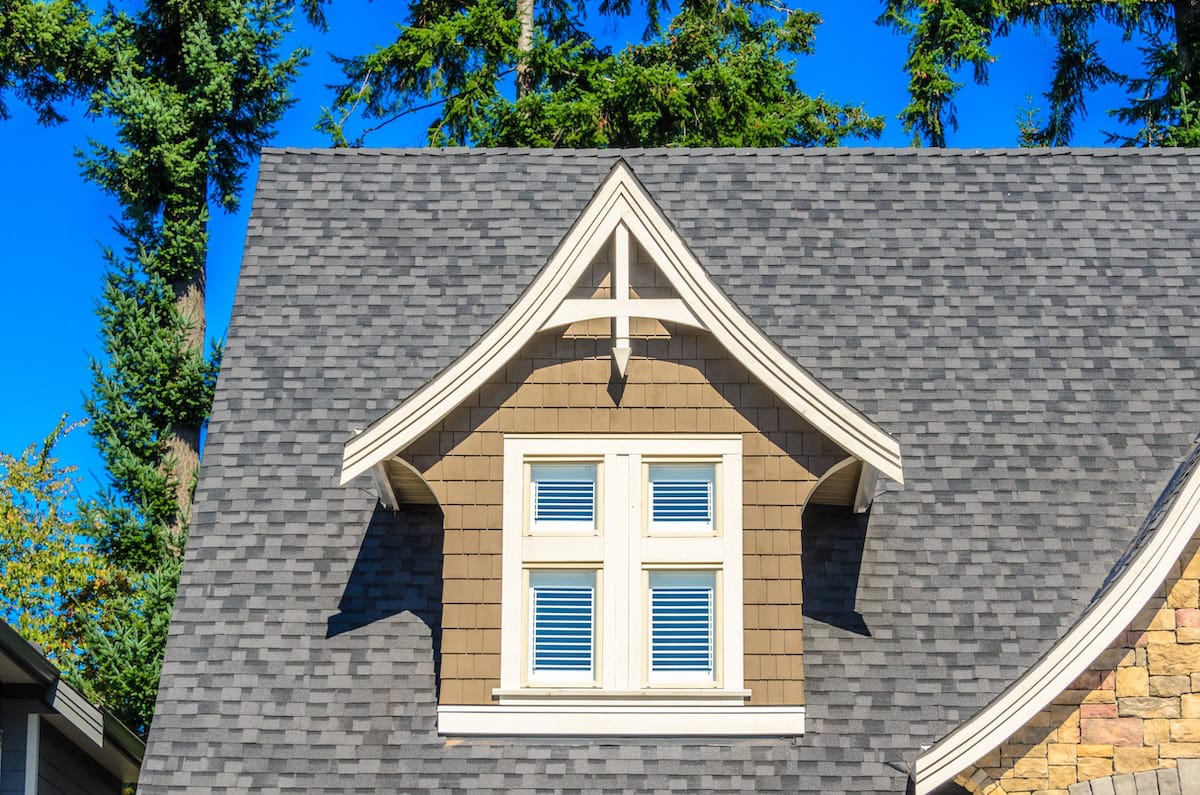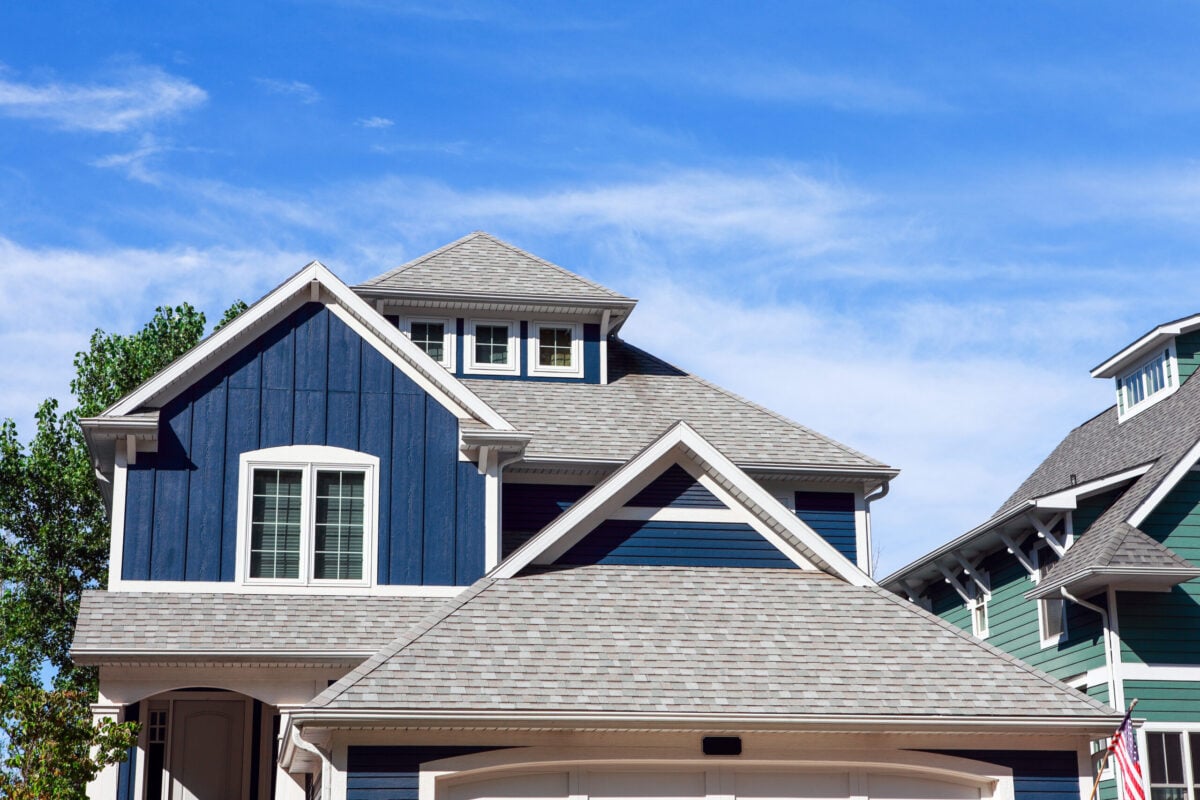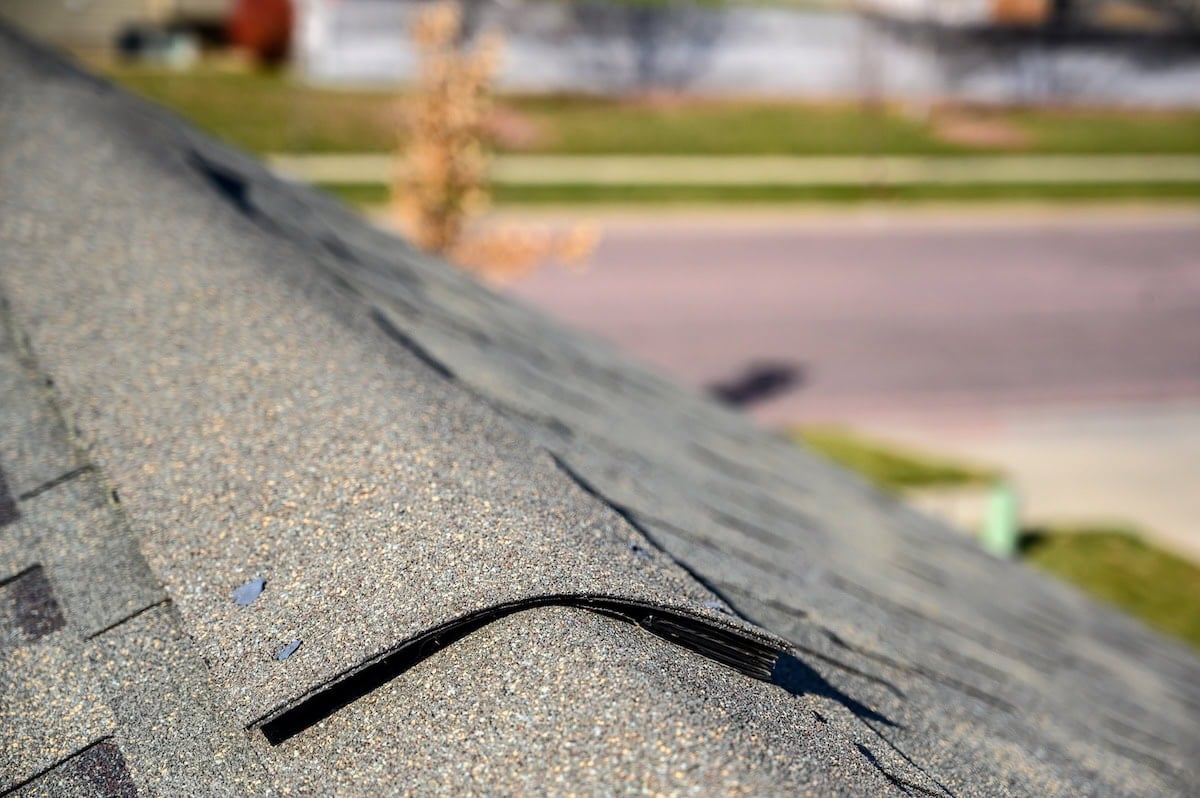Understanding your roof’s structure isn’t just useful knowledge—it’s essential for making informed decisions about maintenance, repairs, and replacements. When you know the parts of a roof and how they work together, you can better communicate with contractors and identify potential issues before they become costly problems. For expert residential roofing services and professional inspections, trusted contractors can help you maintain every component of your roofing system.
Your roof is far more complex than the shingles you see from the street. It’s an intricate system of components working together to protect your home from weather, regulate temperature, and maintain structural integrity. Each part plays a crucial role in your roof’s overall performance.
This comprehensive guide will cover:
- The structural foundation that supports your entire roof
- Essential protective barriers and ventilation systems
- Visible exterior components and their specific functions
- How different roof parts work together as a complete system
- Warning signs that indicate when roof components need attention
🏠 Why Understanding Roof Components Is Important

Knowing your roof’s anatomy empowers you to make better decisions about your home’s protection and maintenance. When you understand how each component functions, you can spot potential problems early and communicate effectively with roofing professionals.
Here are the key benefits of understanding your roof’s structure:
- Early Problem Detection: Recognizing signs of component failure before major damage occurs
- Better Communication: Speaking knowledgeably with contractors about repairs and replacements
- Informed Decision Making: Understanding what work is necessary versus what might be optional
- Cost Savings: Preventing small issues from becoming expensive major repairs
- Home Value Protection: Maintaining your roof properly preserves your home’s value and appeal
🔎 8 Main Parts of a Roof (& Their Functions) Every Homeowner Should Know

Your roof system consists of multiple layers and components, each serving specific protective and structural functions. Understanding these elements helps you appreciate the complexity of your roof and recognize when professional attention is needed.
1. Roof Decking (Sheathing)
The roof decking forms the structural foundation of your entire roofing system. This layer of plywood or oriented strand board (OSB) is attached directly to your roof trusses or rafters.
- Primary Function: Provides a solid base for all other roofing materials and distributes weight evenly
- Warning Signs: Sagging areas, visible water damage, or bouncy feel when walking on the roof
2. Underlayment
Underlayment acts as a secondary water barrier beneath your primary roofing material. This felt or synthetic material protects against water infiltration if the outer layer fails.
- Types Available: Traditional felt paper, synthetic materials, or rubberized membranes for enhanced protection
- Critical Role: Prevents water damage during installation and provides backup protection throughout your roof’s life
3. Shingles or Primary Roofing Material
The visible outer layer of your roof provides the first line of defense against weather elements. Common materials include asphalt shingles, metal panels, tile, or slate.
- Protection Features: Designed to shed water, resist wind uplift, and withstand temperature extremes
- Maintenance Needs: Regular inspection for cracked, missing, or damaged pieces that compromise protection
4. Flashing
Flashing consists of metal strips or sheets installed at vulnerable joints and transitions. These critical components direct water away from areas where different roof planes meet.
- Common Locations: Around chimneys, vent penetrations, valleys, and where roof meets walls
- Material Options: Aluminum, galvanized steel, or copper depending on your roof type and budget
5. Gutters and Downspouts
Your gutter system collects and channels water away from your roof and foundation. Properly functioning gutters prevent water damage to your home’s exterior and landscape.
- System Components: Gutters, downspouts, hangers, and splash blocks work together for effective drainage
- Maintenance Requirements: Regular cleaning and inspection to prevent clogs and ensure proper water flow
6. Ridge Vents and Ventilation
Ventilation components regulate airflow in your attic space, preventing moisture buildup and temperature extremes. Ridge vents, soffit vents, and exhaust fans work together for optimal air circulation.
- Temperature Control: Proper ventilation reduces cooling costs in summer and prevents ice dams in winter
- Moisture Prevention: Adequate airflow prevents condensation that can lead to mold and structural damage
7. Fascia and Soffit
Fascia boards run along your roofline edges, while soffits cover the underside of roof overhangs. These components provide finished appearance and protect exposed structural elements.
- Fascia Function: Supports gutter installation and provides weather protection for rafter ends
- Soffit Purpose: Covers and protects roof overhangs while providing necessary ventilation openings
8. Roof Trusses or Rafters
The structural framework supports your entire roof system and transfers weight to your home’s walls. Trusses are pre-manufactured units, while rafters are individual beams cut and assembled on-site.
- Load Distribution: These structural elements carry the weight of roofing materials, snow, and wind loads
- Professional Assessment: Any damage to these components requires immediate professional evaluation and repair
⚠️ Signs Your Roof Components Need Professional Attention

Recognizing warning signs early can save you thousands in repair costs and prevent serious damage to your home. Regular visual inspections and professional assessments help identify problems before they escalate.
Interior Warning Signs
- Water stains or discoloration on ceilings or walls: These usually indicate hidden leaks in your roof, potentially causing structural damage or mold if left unaddressed.
- Musty odors in your attic: A damp, musty smell often points to trapped moisture and poor ventilation, which can lead to mold growth and long-term damage.
- Higher energy bills: Poor roof ventilation can increase heating or cooling costs, as your home struggles to maintain consistent indoor temperatures.
Exterior Red Flags
- Missing or damaged shingles: Shingles protect your roof from the elements, and damaged or missing ones leave your home vulnerable to water damage and leaks.
- Sagging rooflines: A drooping roofline suggests serious structural issues, such as rotting supports or water damage, and requires immediate professional attention.
- Clogged or damaged gutters: When gutters fail, water can back up onto your roof or pool around your foundation, leading to serious water damage over time.
Attic Inspection Points
- Daylight visible through roof boards: If sunlight can pass through the roof, so can water. These gaps need to be sealed to prevent leaks.
- Water stains on decking: Stains on the wood indicate active leaks or areas where previous leaks have occurred, signaling the need for repairs.
- Inadequate insulation or ventilation: Poor insulation or ventilation reduces energy efficiency and can lead to moisture buildup, which shortens the lifespan of your roof.
Professional roofing contractors can thoroughly inspect these areas, identify problems, and recommend repairs to safeguard your home and investment.
🛠️ Protecting Your Investment with Professional Care
Understanding your roof’s components is the first step toward proper maintenance and protection. Each element works together to create a comprehensive barrier against weather and environmental challenges.
Regular professional inspections help identify potential problems before they become costly repairs. When you know what to look for and understand how different components function, you can make informed decisions about maintenance and improvements.
Don’t wait for visible problems to develop—proactive care extends your roof’s life and protects your home’s value. Contact K&D Roofing today to schedule a free inspection and ensure every part of your roof is functioning properly. Our experienced team can assess your roof’s condition and provide expert recommendations for maintaining optimal protection.

